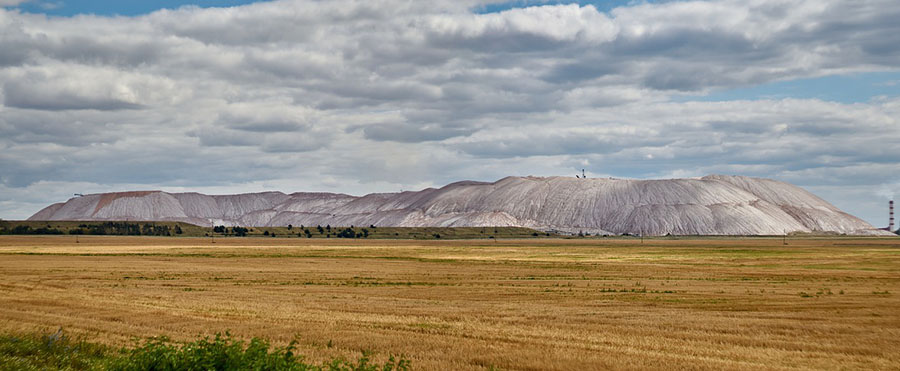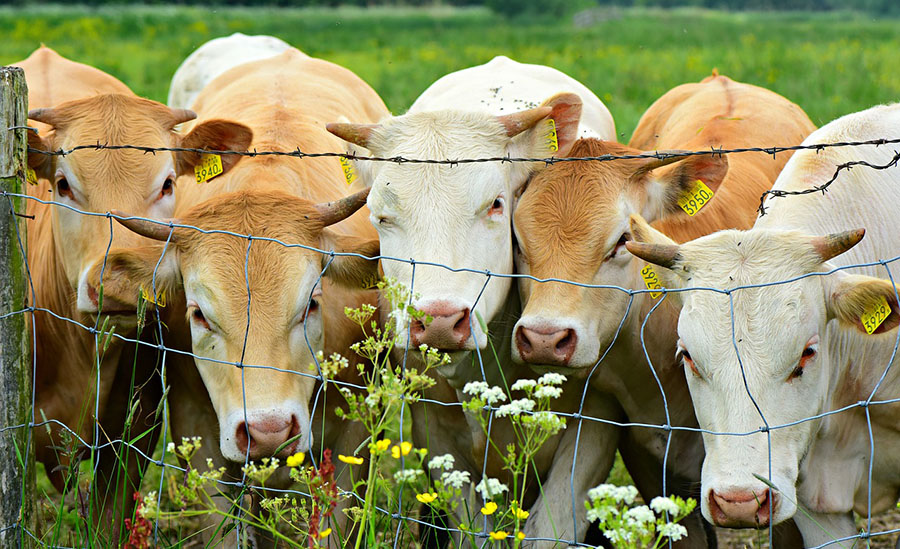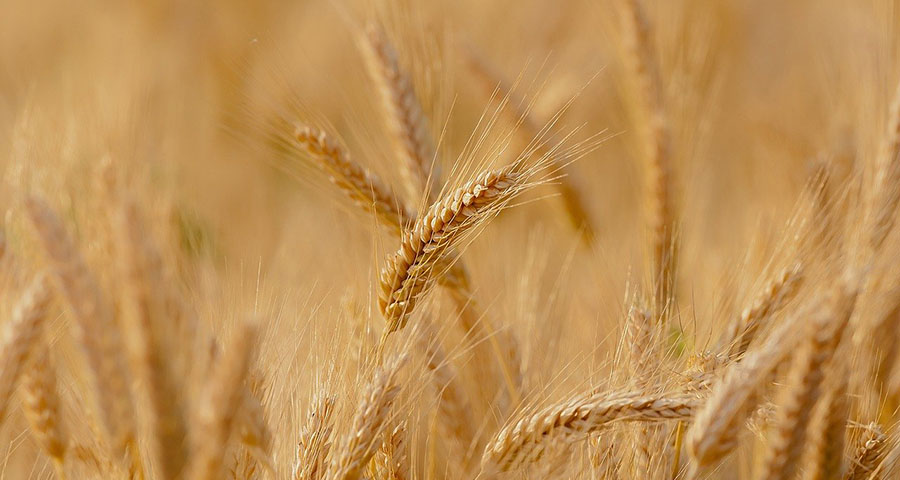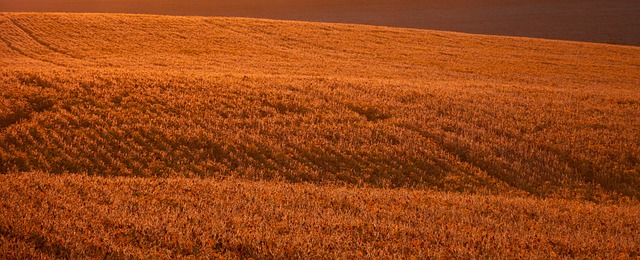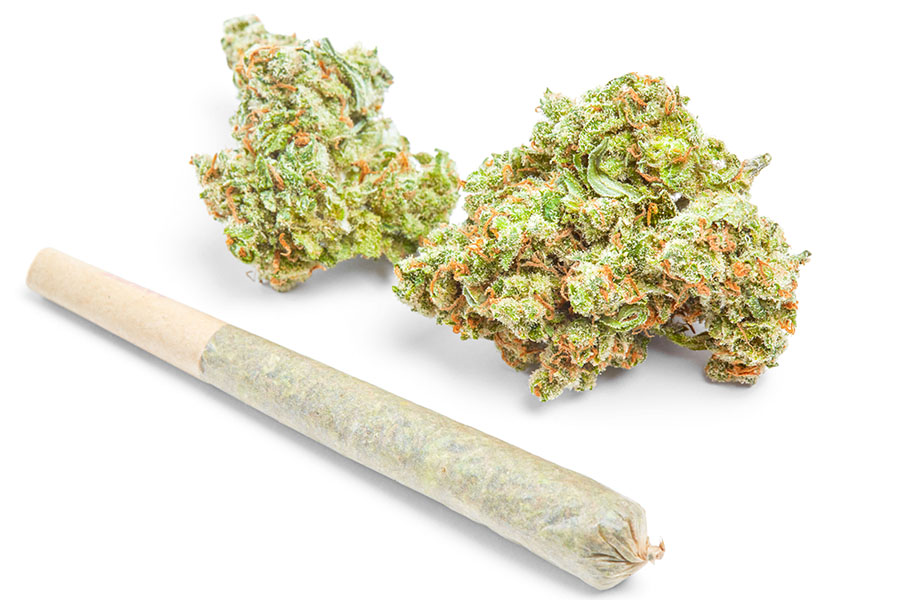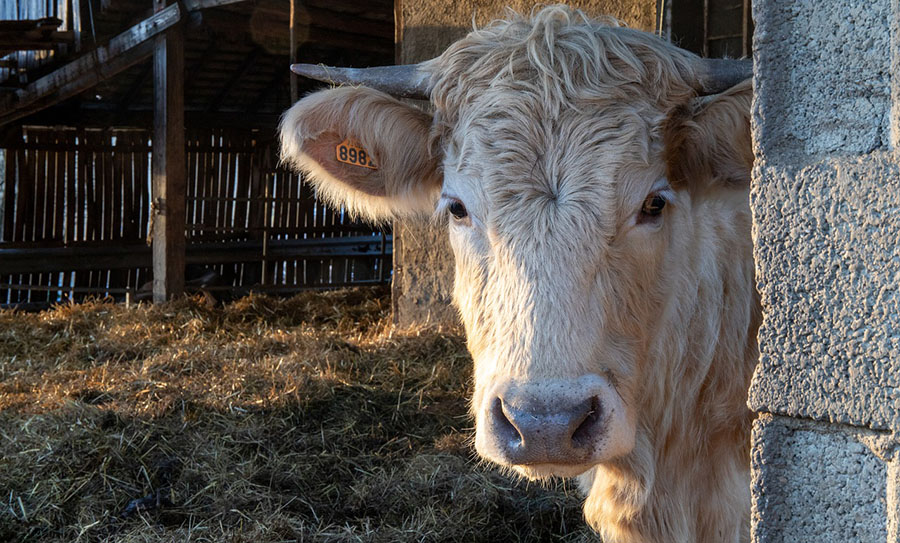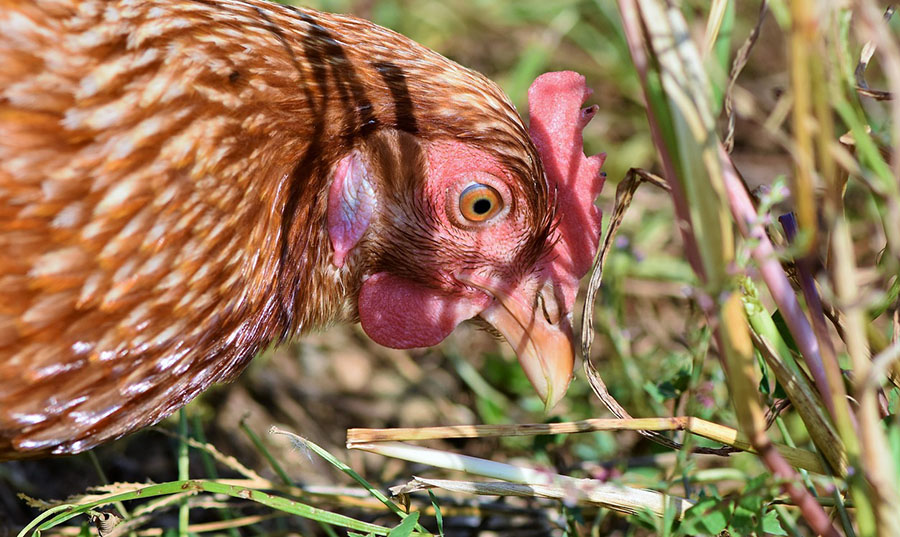Crop-Killing Drought to Push Food Inflation Even Higher
Source: David Zeiler, Money Morning (11/17/11)
"'The food will be available; you're just going to pay a higher price.'"
A drought affecting one-third of the lower 48 states has hurt several key food crops, driving up prices this year and assuring widespread food inflation well into 2012.
According to the National Climatic Data Center, the drought has caused more than $10 billion in losses to agriculture and cattle, a number it expects to keep rising as the drought continues.
Meteorologists blame the drought on a La Niña weather pattern expected to last at least through the winter.
Crops most affected include corn and peanuts. In addition, the lack of rain dried cattle grazing pastures to dust, which has translated to higher beef prices.
"Yes, we are going to see higher prices this Thanksgiving," Purdue University agricultural economist Corinne Alexander told the The Atlantic.
The American Farm Bureau estimates that a Thanksgiving meal for 10 will cost 13% more this year than it did last year.
The U.S. economy already has inflationary pressure as a result of the stimulative policies of the U.S. Federal Reserve pumping it with hundreds of billions of dollars.
"Ultra-low interest rates and excess money supply growth are what's been driving inflation," said Money Morning Global Investing Strategist Martin Hutchinson. "They raise commodity prices, which over time feeds into inflation in general."
Now the drought is pushing food inflation higher than overall inflation.
The Consumer Price Index (CPI) in September was up 3.9% over the previous year, while the increase for food alone was up 4.7%. Over the past five years, world food costs have risen 68%.
Earlier in the year, grocery stores were eating most of the price increases, somewhat insulating U.S. consumers. But in recent months that's begun to change.
"The era of grocers holding the line on retail-food cost increases is basically over," John Anderson, a senior economist at the Farm Bureau in Washington, told Bloomberg News.
The Biggest Bites
Prices are going up the most dramatically in the categories of food most affected by the drought. Beef is up 10.1%, for instance.
With pastures drying up over the summer, many ranchers were forced to sell off cattle before they could reproduce. While that briefly increased the supply of beef, the current shortage of cattle—the U.S. herd was at a 38-year low this summer—is impacting prices.
The drought has caused the price of hay to skyrocket from $80 a ton to $200 a ton, which, because it's used as forage for farm animals, has contributed to a 10.2% spike in dairy prices.
More expensive corn also has contributed to higher beef prices, as well as inflation in the pork and poultry industries
But perhaps the hardest hit crop has been peanuts. The U.S. Department of Agriculture has projected a 13% drop in peanuts for 2011, which has caused the price for a ton of runner peanuts (used in peanut butter) to surge from $450 to $1,200 in the past year.
That has led to massive price hikes among the major peanut butter makers. Kraft Foods Inc. (NYSE: KFT) raised the price for its Planters brand of peanut butter by 40% earlier this month, The J.M. Smucker Company (NYSE: SJM) raised the price of Jif by 30%, and ConAgra Foods Inc. (NYSE: CAG) raised the price of Peter Pan by 20%.
La Niña Returns
The La Niña weather pattern responsible for this year's drought has reformed this fall. La Niña is the name meteorologists have given to an unusually cool Pacific Ocean that in turn causes dry conditions over much of the Southwestern United States.
"This means drought is likely to continue in the drought-stricken states of Texas, Oklahoma and New Mexico," said Mike Halpert, deputy director of the National Oceanic and Atmospheric Administration's Climate Prediction Center. "The odds do not favor the south getting out of drought, at least before next spring or summer, and even that could be a reach."
In Texas, which has by far borne the worst of the drought, government weather officials fear that the dry conditions could persist for a decade or longer.
That's especially bad news for the cattle industry, as it takes three years to raise cattle to slaughtering size, and the herds were already severely reduced over the past summer. A years-long drought will further delay recovery and drive steep increases in beef prices.
The only good news is that experts don't foresee any food shortages, just food inflation.
"The food will be available; you're just going to pay a higher price," Purdue's Alexander said.
According to the National Climatic Data Center, the drought has caused more than $10 billion in losses to agriculture and cattle, a number it expects to keep rising as the drought continues.
Meteorologists blame the drought on a La Niña weather pattern expected to last at least through the winter.
Crops most affected include corn and peanuts. In addition, the lack of rain dried cattle grazing pastures to dust, which has translated to higher beef prices.
"Yes, we are going to see higher prices this Thanksgiving," Purdue University agricultural economist Corinne Alexander told the The Atlantic.
The American Farm Bureau estimates that a Thanksgiving meal for 10 will cost 13% more this year than it did last year.
The U.S. economy already has inflationary pressure as a result of the stimulative policies of the U.S. Federal Reserve pumping it with hundreds of billions of dollars.
"Ultra-low interest rates and excess money supply growth are what's been driving inflation," said Money Morning Global Investing Strategist Martin Hutchinson. "They raise commodity prices, which over time feeds into inflation in general."
Now the drought is pushing food inflation higher than overall inflation.
The Consumer Price Index (CPI) in September was up 3.9% over the previous year, while the increase for food alone was up 4.7%. Over the past five years, world food costs have risen 68%.
Earlier in the year, grocery stores were eating most of the price increases, somewhat insulating U.S. consumers. But in recent months that's begun to change.
"The era of grocers holding the line on retail-food cost increases is basically over," John Anderson, a senior economist at the Farm Bureau in Washington, told Bloomberg News.
The Biggest Bites
Prices are going up the most dramatically in the categories of food most affected by the drought. Beef is up 10.1%, for instance.
With pastures drying up over the summer, many ranchers were forced to sell off cattle before they could reproduce. While that briefly increased the supply of beef, the current shortage of cattle—the U.S. herd was at a 38-year low this summer—is impacting prices.
The drought has caused the price of hay to skyrocket from $80 a ton to $200 a ton, which, because it's used as forage for farm animals, has contributed to a 10.2% spike in dairy prices.
More expensive corn also has contributed to higher beef prices, as well as inflation in the pork and poultry industries
But perhaps the hardest hit crop has been peanuts. The U.S. Department of Agriculture has projected a 13% drop in peanuts for 2011, which has caused the price for a ton of runner peanuts (used in peanut butter) to surge from $450 to $1,200 in the past year.
That has led to massive price hikes among the major peanut butter makers. Kraft Foods Inc. (NYSE: KFT) raised the price for its Planters brand of peanut butter by 40% earlier this month, The J.M. Smucker Company (NYSE: SJM) raised the price of Jif by 30%, and ConAgra Foods Inc. (NYSE: CAG) raised the price of Peter Pan by 20%.
La Niña Returns
The La Niña weather pattern responsible for this year's drought has reformed this fall. La Niña is the name meteorologists have given to an unusually cool Pacific Ocean that in turn causes dry conditions over much of the Southwestern United States.
"This means drought is likely to continue in the drought-stricken states of Texas, Oklahoma and New Mexico," said Mike Halpert, deputy director of the National Oceanic and Atmospheric Administration's Climate Prediction Center. "The odds do not favor the south getting out of drought, at least before next spring or summer, and even that could be a reach."
In Texas, which has by far borne the worst of the drought, government weather officials fear that the dry conditions could persist for a decade or longer.
That's especially bad news for the cattle industry, as it takes three years to raise cattle to slaughtering size, and the herds were already severely reduced over the past summer. A years-long drought will further delay recovery and drive steep increases in beef prices.
The only good news is that experts don't foresee any food shortages, just food inflation.
"The food will be available; you're just going to pay a higher price," Purdue's Alexander said.



